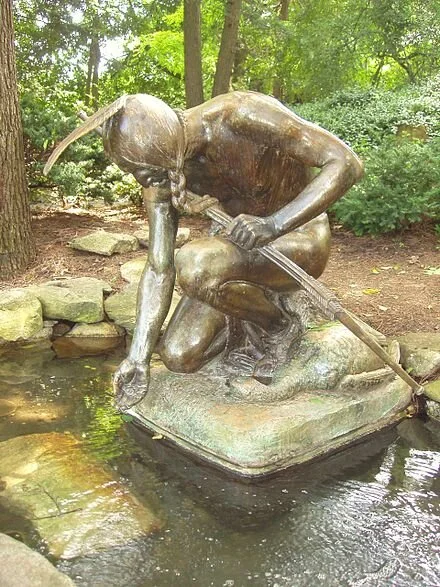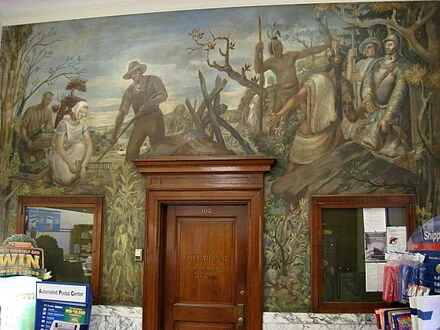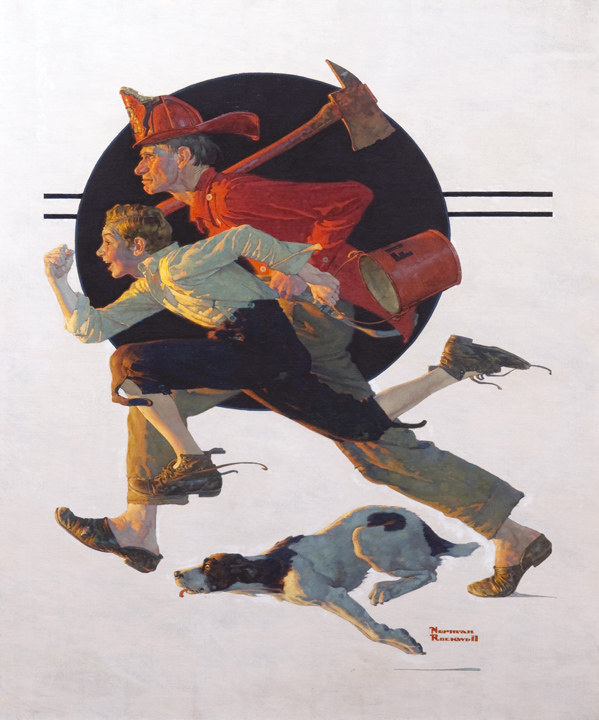Paranoia-promoting plants
Detail from “Hothouse Bouquet with Spider” (acrylic on panel ), by Nicole Duennebier, in her show “Flora Hex,’’ at 13FOREST Gallery, in Arlington, Mass., through April 16.
The gallery says: “Her compositions bring to mind the old masters, Dutch still-lifes and Rococo landscapes in their attention to detail. But these paintings aren't idly pretty artworks, as Duennebier prefers to inject an element of the grotesque into her work, making her pieces simultaneously compelling and challenging. Some paintings feature floral wreaths and memorials depicted in lonely caves and desolate woods, conveying a sense of melodrama and isolation. Others contain carelessly squashed blossoms and fluttering insects marring the beauty of a bouquet. Perhaps most striking are the paintings in which flowers surround dead fish or slimy, unidentifiable meat. Each artwork has something unsettling about it, whether obvious or subtle, that adds a layer of emotional depth. Duennebier's work in ‘Floral Hex’ is complex, both beautiful and uncanny, offering an duality that both repulses and entrances the viewer.’’
She lives and works in Malden, Mass., an inner suburb of Boston.
Fellsmere Park, in Malden
—Photo by pilgrimsong
Inn a 'dreamlike atmosphere'
“Inn on the Harbor’’ (oil painting), by Niva Shrestha, of Arlington, Mass., as seen at Galatea Fine Art’s (Boston) online gallery. Galatea says the painting “has a humorous, almost carnival-like quality to it. The buildings seem to stand alone in a sun-washed, dream-like atmosphere. The artist plays with shadows and light; the buildings are treated as if they were pure form, and the deliberate juxtaposition of these angular forms create a Mondrian-like sensibility.’’
See:
and:
galateafineart.com
'Disguished as stones'
‘‘Watching the Breakers” (1891), by Winslow Homer
“In the beginning were the Words of God, disguised as stones:
like hard, black pupils dropped into the faithful’s eyes, these stones.
Waves hunched in worship shake the granite shore beneath my feet
as once it shuddered under the soles that colonized these stones.’’
— From “New England Ghazal,’’ by John Canaday, a poet and teacher who lives in Arlington, Mass.
Arlington’s famous municipal water tower was built by the Metropolitan Water Works between 1921 and 1924 in the Classical Revival style, to provide water storage for Northern Extra-High Service area, consisting of Lexington and the higher elevations of Belmont and Arlington. The design is said to have been inspired by the rotunda from the Samothrace temple complex, in Greece.
Menotomy Indian Hunter in Arlington Center, by resident Cyrus E. Dallin (1911)
Patriots' Grave in the Old Burying Ground in Arlington
The mobster vs. the monopolist
Mural "Purchase of Land and Modern Tilling of the Soil" (1938), by William C. Palmer, in the lobby of the Arlington, Mass., Post Office, a Colonial Revival building (see exterior below) that was opened in 1936. Many post offices erected or renovated during the New Deal’s Works Progress Administration had art work such as this mural, in part to help keep artists employed during the Great Depression.
From Robert Whitcomb’s Digital Diary, in GoLocal24.com:
Maximum Leader Trump hates the U.S. Postal Service, which he alleges undercharges Amazon, run by Jeff Bezos, whom Trump envies and so detests And Mr. Bezos owns The Washington Post, which tries to vigorously report on the Trump mob. So the mobster-in-chief rejects a bailout of the Postal Service, which is far more essential to America than many of the institutions being bailed out. And he would love to hamstring efforts to encourage voting by mail this pandemic year in lieu of the usual crowds at polling places, because he thinks, correctly, that those votes will tend to be against him.
Oh yes. Trump votes by mail himself. I myself think that voting in person is better – except in a pandemic. That’s not only because it might be less vulnerable to fraud but also because showing up to vote at a polling place is a celebration of democracy.
In any event, the Postal Service, whatever its flaws, is an important part of America’s connective tissue, especially for the underprivileged, and needs to be protected.
By the way, none of this is to say that Amazon, like Google, Facebook and some other tech-based companies that have become so huge in the past two decades, aren’t too powerful and shouldn’t be broken up, as the now hollow Antitrust Division of the U.S. Justice Department would have done a half century ago.
The way he wanted life to look
Norman Rockwell (1894-1978), “The Bridge Game,” 1948, oil on canvas, published by Saturday Evening Post, May 15, 1948 cover Image Courtesy of National Museum of American Illustration, Newport, RI., cover image © SEPS: www.curtispublishing.com.
There’s another picture below.(Rerunning this posting from the pre-renovation version of New England Diary a few weeks ago.)
The New York Times seems to be on a Norman Rockwell kick, with a long review of a new book out about him and a travel piece about Arlington, Vt., where he lived for a long time.
That was before he moved to Stockbridge, Mass, in the Berkshires, to, among other things, be closer to Austen Riggs, the mental hospital identified with many celebrity patients.
As Deborah Solomon (who also wrote the travel story) writes in “American Mirror: The Art and Life of Norman Rockwell,” his life was far more complex and darker than most of his beautiful art. That he was a troubled man (who ain’t?) is not news, but Ms. Solomon puts it together very well indeed.
He was apparently conflicted about homosexual longings, had three troubled marriages and was a lifelong hypochondriac. The Thoreau line about “the mass of men lead lives of quiet desperation” comes to mind. Still, he obviously found much comfort and joy in his studio. Do too many writers these days make too much of sexual conflicts? Maybe a highly creative person’s biggest trauma is the difficulty of finding meaning in a seemingly chaotic world, a torturous search for ultimate meaning.
Some of this reminds me of the strange story of Robert Frost, whose public image as a sort of quaint, folksy, friendly rural poet was so false. In fact, Frost, a kind of Modernist, used his New England settings to explore existential quandaries; and he could be a very nasty man.
Many of his poems were dark, dark, dark. Take a look at his poem design “Design”.
But, in part because his folksy image got him many lucrative lecture gigs, he played along with it, to a point (while winking).
But then, behind almost family’s door is conflict and mental illness of varying seriousness. In some way, maybe imaginative repression and diversion, Rockwell got great popular art done despite, or because of, his problems, through vast technical skill, knowledge of other masters’ work and a rich visual imagination.
The Rockwell renaissance also reminds me of how much many of us miss the golden age of magazines, such as The Saturday Evening Post, for which Rockwell did so much work. The weekly arrival of pubs such as The Post and Life magazine was a joy that I, anyway, have never found with TV, the Internet and newspapers (with the possible exception of the beautiful old New York Herald Tribune).
That is probably ungrateful, since newspapers paid for most of my upkeep for almost 44 years.
Speaking of the past, I was pleasantly surprised to see that John Wilmerding, my art-history professor of almost a half century ago at Dartmouth, was the reviewer of Ms. Solomon’s fine new book. Mr, Wilmerding, an heir to great Havemeyer sugar fortune in New York, also has one of America’s greatest collections of American art, much of which he is giving away.
The best places to see Rockwell work are the National Museum of American Illustration, in Newport, and, the Norman Rockwell Museum, in Stockbridge.
Norman Rockwell (1894-1978), ”Volunteer Fireman,” 1931, oil on canvas, published by Saturday Evening Post, March 28, 1931 cover image Courtesy of National Museum of American Illustration, Newport, RI. Saturday Evening Post cover image © SEPS: www.curtispublishing.com












